La Curcumi na Restablece los Niveles de p53 en Células Derivadas de Cáncer Cervicouterino en un Modelo In Vitro e In Vivo
Resumen
La curcumina es un fitoquímico natural con propiedades antineoplásicas, incluida la modulación de p53. Se ha sugerido que apuntar a la actividad de p53 es una estrategia importante en la terapia contra el cáncer. El propósito de este estudio fue describir el efecto de curcumina sobre p53 en líneas celulares derivadas de cáncer cervicouterino y en tumores inducidos in ovo. Se expusieron células HeLa y SiHa a curcumina. Se realizó evaluación de la viabilidad celular por MTT y TUNEL y se cuantificó la expresión de p53 mediante western blot, los resultados indican un efecto importante en la disminución de la viabilidad de las células que recibieron tratamiento y que hay un incremento de los niveles de p53, además aquí demostramos mediante ensayos de pulso y casa que la curcumina aumenta la vida media de p53. En muestras obtenidas de tumores inducidos in ovo también se observó un aumento en los niveles de p53 por inmunohistoquímica. El efecto citotóxico de la curcumina en las células de cáncer de cuello uterino se relacionó también con la activación de la vía Keap1/Nrf2. Nuestros hallazgos sugieren que el uso de curcumina puede reactivar la vía p53 en células cancerosas con p53 de tipo silvestre.
Descargas
Citas
Alhasawi, M. A. I., Aatif, M., Muteeb, G., Alam, M. W., Oirdi, M. E., & Farhan, M. (2022). Curcumin and Its Derivatives Induce Apoptosis in Human Cancer Cells by Mobilizing and Redox Cycling Genomic Copper Ions. Molecules, 27(21), 7410. https://doi.org/10.3390/molecules27217410
Andreani, T., Cheng, R., Elbadri, K., Ferro, C., Menezes, T., Dos Santos, M. R., Pereira, C. M., & Santos, H. A. (2024). Natural compounds-based nanomedicines for cancer treatment: Future directions and challenges. Drug Delivery and Translational Research, 14(10), 2845–2916. https://doi.org/10.1007/s13346-024-01649-z
Asher, G., Lotem, J., Sachs, L., Kahana, C., & Shaul, Y. (2002). Mdm-2 and ubiquitin-independent p53 proteasomal degradation regulated by NQO1. Proceedings of the National Academy of Sciences of the United States of America, 99(20), 13125–13130. https://doi.org/10.1073/pnas.202480499
Baird, L., & Yamamoto, M. (2020). The Molecular Mechanisms Regulating the KEAP1-NRF2 Pathway. Molecular and Cellular Biology, 40(13), e00099-20.
https://doi.org/10.1128/MCB.00099-20
Bimonte, S., Barbieri, A., Palma, G., Rea, D., Luciano, A., D’Aiuto, M., Arra, C., & Izzo, F. (2015). Dissecting the Role of Curcumin in Tumour Growth and Angiogenesis in Mouse Model of Human Breast Cancer. BioMed Research International, 2015(1), 878134.
https://doi.org/10.1155/2015/878134
Blattner, C. (2008). Regulation of p53: The next generation. Cell Cycle (Georgetown, Tex.), 7(20), 3149–3153. https://doi.org/10.4161/cc.7.20.6921
Buchanan, B. W., Lloyd, M. E., Engle, S. M., & Rubenstein, E. M. (2016). Cycloheximide Chase Analysis of Protein Degradation in Saccharomyces cerevisiae. Journal of Visualized Experiments: JoVE, 110, 53975. https://doi.org/10.3791/53975
Chikara, S., Nagaprashantha, L. D., Singhal, J., Horne, D., Awasthi, S., & Singhal, S. S. (2018). Oxidative stress and dietary phytochemicals: Role in cancer chemoprevention and treatment. Cancer Letters, 413, 122–134. https://doi.org/10.1016/j.canlet.2017.11.002
Devassy, J. G., Nwachukwu, I. D., & Jones, P. J. H. (2015). Curcumin and cancer: Barriers to obtaining a health claim. Nutrition Reviews, 73(3), 155–165. https://doi.org/10.1093/nutrit/nuu064
Engeland, K. (2022). Cell cycle regulation: P53-p21-RB signaling. Cell Death and Differentiation, 29(5), 946–960. https://doi.org/10.1038/s41418-022-00988-z
Goel, A., Kunnumakkara, A. B., & Aggarwal, B. B. (2008). Curcumin as “Curecumin”: From kitchen to clinic. Biochemical Pharmacology, 75(4), 787–809.
https://doi.org/10.1016/j.bcp.2007.08.016
Goodwin, E. C., & DiMaio, D. (2000). Repression of human papillomavirus oncogenes in HeLa cervical carcinoma cells causes the orderly reactivation of dormant tumor suppressor pathways. Proceedings of the National Academy of Sciences of the United States of America, 97(23), 12513–12518. https://doi.org/10.1073/pnas.97.23.12513
Hassin, O., & Oren, M. (2023). Drugging p53 in cancer: One protein, many targets. Nature Reviews. Drug Discovery, 22(2), 127–144. https://doi.org/10.1038/s41573-022-00571-8
Hecht, F., Zocchi, M., Alimohammadi, F., & Harris, I. S. (2024). Regulation of antioxidants in cancer. Molecular Cell, 84(1), 23–33. https://doi.org/10.1016/j.molcel.2023.11.001
Heger, M., van Golen, R. F., Broekgaarden, M., & Michel, M. C. (2014). The molecular basis for the pharmacokinetics and pharmacodynamics of curcumin and its metabolites in relation to cancer. Pharmacological Reviews, 66(1), 222–307. https://doi.org/10.1124/pr.110.004044
Hochstrasser, M. (1995). Ubiquitin, proteasomes, and the regulation of intracellular protein degradation. Current Opinion in Cell Biology, 7(2), 215–223. https://doi.org/10.1016/0955-0674(95)80031-x
Houghton, C. A., Fassett, R. G., & Coombes, J. S. (2016). Sulforaphane and Other Nutrigenomic Nrf2 Activators: Can the Clinician’s Expectation Be Matched by the Reality? Oxidative Medicine and Cellular Longevity, 2016, 7857186. https://doi.org/10.1155/2016/7857186
Hu, Y., Cheng, L., Du, S., Wang, K., & Liu, S. (2024). Antioxidant curcumin induces oxidative stress to kill tumor cells (Review). Oncology Letters, 27(2), 67. https://doi.org/10.3892/ol.2023.14200
Kasi, P. D., Tamilselvam, R., Skalicka-Woźniak, K., Nabavi, S. F., Daglia, M., Bishayee, A., Pazoki-Toroudi, H., & Nabavi, S. M. (2016). Molecular targets of curcumin for cancer therapy: An updated review. Tumour Biology: The Journal of the International Society for Oncodevelopmental Biology and Medicine, 37(10), 13017–13028.
https://doi.org/10.1007/s13277-016-5183-y
Lavin, M. F., & Gueven, N. (2006). The complexity of p53 stabilization and activation. Cell Death and Differentiation, 13(6), 941–950. https://doi.org/10.1038/sj.cdd.4401925
Leroy, B., Girard, L., Hollestelle, A., Minna, J. D., Gazdar, A. F., & Soussi, T. (2014). Analysis of TP53 mutation status in human cancer cell lines: A reassessment. Human Mutation, 35(6), 756–765. https://doi.org/10.1002/humu.22556
Liu, S., Liu, J., He, L., Liu, L., Cheng, B., Zhou, F., Cao, D., & He, Y. (2022). A Comprehensive Review on the Benefits and Problems of Curcumin with Respect to Human Health. Molecules (Basel, Switzerland), 27(14), 4400. https://doi.org/10.3390/molecules27144400
Liu, Y., Su, Z., Tavana, O., & Gu, W. (2024). Understanding the complexity of p53 in a new era of tumor suppression. Cancer Cell, 42(6), 946–967. https://doi.org/10.1016/j.ccell.2024.04.009
Luo, F., Song, X., Zhang, Y., & Chu, Y. (2011). Low-dose curcumin leads to the inhibition of tumor growth via enhancing CTL-mediated antitumor immunity. International Immunopharmacology, 11(9), 1234–1240.
https://doi.org/10.1016/j.intimp.2011.04.002
Matsuo, Y. (2023). Natural Products and Cancer. Nutrients, 15(24), 5064.
https://doi.org/10.3390/nu15245064
Mishra, A., & Das, B. C. (2015). Curcumin as an anti-human papillomavirus and anti-cancer compound. Future Oncology (London, England), 11(18), 2487–2490. https://doi.org/10.2217/fon.15.166
Pandey, K. B., & Rizvi, S. I. (2009). Plant polyphenols as dietary antioxidants in human health and disease. Oxidative Medicine and Cellular Longevity, 2(5), 270–278.
https://doi.org/10.4161/oxim.2.5.9498
Patiño-Morales, C. C., Soto-Reyes, E., Arechaga-Ocampo, E., Ortiz-Sánchez, E., Antonio-Véjar, V., Pedraza-Chaverri, J., & García-Carrancá, A. (2020). Curcumin stabilizes p53 by interaction with NAD(P)H:quinone oxidoreductase 1 in tumor-derived cell lines. Redox Biology, 28, 101320. https://doi.org/10.1016/j.redox.2019.101320
Prasad, S., Gupta, S. C., Tyagi, A. K., & Aggarwal, B. B. (2014). Curcumin, a component of golden spice: From bedside to bench and back. Biotechnology Advances, 32(6), 1053–1064. https://doi.org/10.1016/j.biotechadv.2014.04.004
Pulido-Moran, M., Moreno-Fernandez, J., Ramirez-Tortosa, C., & Ramirez-Tortosa, M. (2016). Curcumin and Health. Molecules (Basel, Switzerland), 21(3), 264.
https://doi.org/10.3390/molecules21030264
Rainey, N. E., Moustapha, A., & Petit, P. X. (2020). Curcumin, a Multifaceted Hormetic Agent, Mediates an Intricate Crosstalk between Mitochondrial Turnover, Autophagy, and Apoptosis. Oxidative Medicine and Cellular Longevity, 2020, 3656419.
https://doi.org/10.1155/2020/3656419
Richardson, B. G., Jain, A. D., Speltz, T. E., & Moore, T. W. (2015). Non-electrophilic modulators of the canonical Keap1/Nrf2 pathway. Bioorganic & Medicinal Chemistry Letters, 25(11), 2261–2268. https://doi.org/10.1016/j.bmcl.2015.04.019
Schneider-Stock, R., & Ribatti, D. (2021). The CAM Assay as an Alternative In Vivo Model for Drug Testing. Handbook of Experimental Pharmacology, 265, 303–323.
https://doi.org/10.1007/164_2020_375
Serafini, M. M., Catanzaro, M., Fagiani, F., Simoni, E., Caporaso, R., Dacrema, M., Romanoni, I., Govoni, S., Racchi, M., Daglia, M., Rosini, M., & Lanni, C. (2019). Modulation of Keap1/Nrf2/ARE Signaling Pathway by Curcuma- and Garlic-Derived Hybrids. Frontiers in Pharmacology, 10, 1597. https://doi.org/10.3389/fphar.2019.01597
Slika, L., & Patra, D. (2020). A short review on chemical properties, stability and nano-technological advances for curcumin delivery. Expert Opinion on Drug Delivery, 17(1), 61–75. https://doi.org/10.1080/17425247.2020.1702644
Srivastava, S., Tong, Y. A., Devadas, K., Zou, Z. Q., Chen, Y., Pirollo, K. F., & Chang, E. H. (1992). The status of the p53 gene in human papilloma virus positive or negative cervical carcinoma cell lines. Carcinogenesis, 13(7), 1273–1275. https://doi.org/10.1093/carcin/13.7.1273
Stefanson, A. L., & Bakovic, M. (2014). Dietary regulation of Keap1/Nrf2/ARE pathway: Focus on plant-derived compounds and trace minerals. Nutrients, 6(9), 3777–3801. https://doi.org/10.3390/nu6093777
Sullivan, K. D., Galbraith, M. D., Andrysik, Z., & Espinosa, J. M. (2018). Mechanisms of transcriptional regulation by p53. Cell Death and Differentiation, 25(1), 133–143. https://doi.org/10.1038/cdd.2017.174
Sullivan, K. D., Gallant-Behm, C. L., Henry, R. E., Fraikin, J.-L., & Espinosa, J. M. (2012). The p53 circuit board. Biochimica Et Biophysica Acta, 1825(2), 229–244.
https://doi.org/10.1016/j.bbcan.2012.01.004
Theodore, M., Kawai, Y., Yang, J., Kleshchenko, Y., Reddy, S. P., Villalta, F., & Arinze, I. J. (2008). Multiple nuclear localization signals function in the nuclear import of the transcription factor Nrf2. The Journal of Biological Chemistry, 283(14), 8984–8994.
https://doi.org/10.1074/jbc.M709040200
Yewdell, J. W., Lacsina, J. R., Rechsteiner, M. C., & Nicchitta, C. V. (2011). Out with the old, in with the new? Comparing methods for measuring protein degradation. Cell Biology International, 35(5), 457–462. https://doi.org/10.1042/CBI20110055
Yılmaz, S., Ülger, H., Ertekin, T., Yay, A. H., Nisari, M., Alpa, Ş., & Acer, N. (2019). Investigating the anti-tumoral effect of curcumin on the mice in which Ehrlich ascites and solid tumor is created. Iranian Journal of Basic Medical Sciences, 22(4), 418–425.
https://doi.org/10.22038/ijbms.2019.33623.8019
Yuan, C., Fan, R., Zhu, K., Wang, Y., Xie, W., & Liang, Y. (2023). Curcumin induces ferroptosis and apoptosis in osteosarcoma cells by regulating Nrf2/GPX4 signaling pathway. Experimental Biology and Medicine (Maywood, N.J.), 248(23), 2183–2197.
https://doi.org/10.1177/15353702231220670
Derechos de autor 2024 Vianey Berenice Rodríguez Donat , Carlos César Patiño Morales , Ricardo Jaime Cruz, Laura Villavicencio Guzmán , Marcela Salzar García

Esta obra está bajo licencia internacional Creative Commons Reconocimiento 4.0.


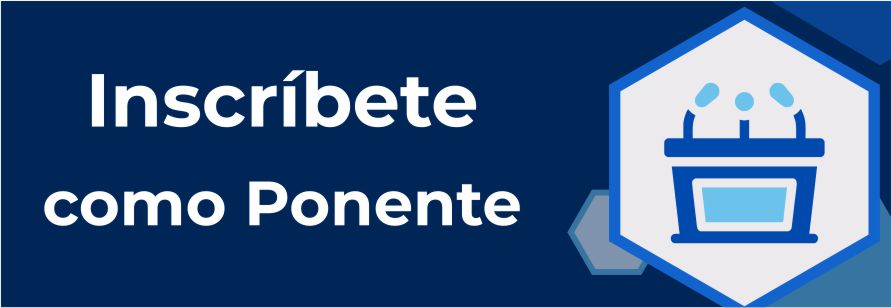


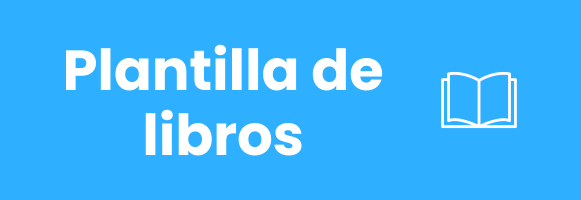
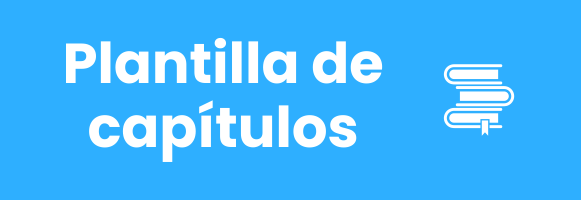






.png)
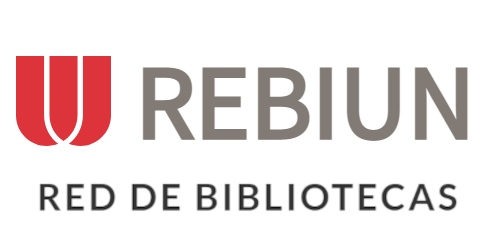







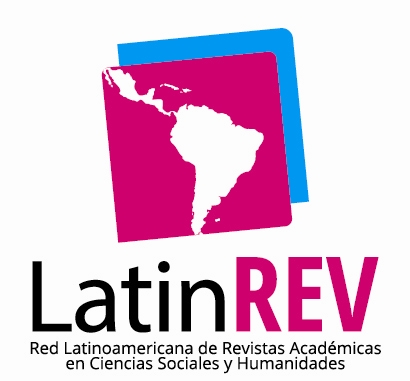

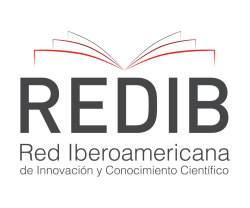




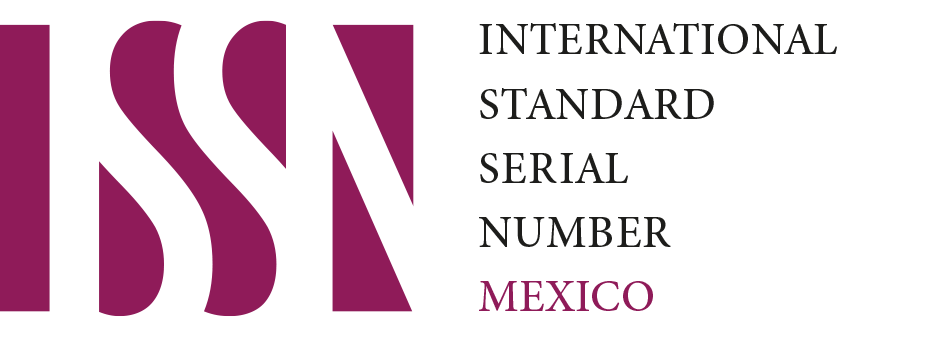
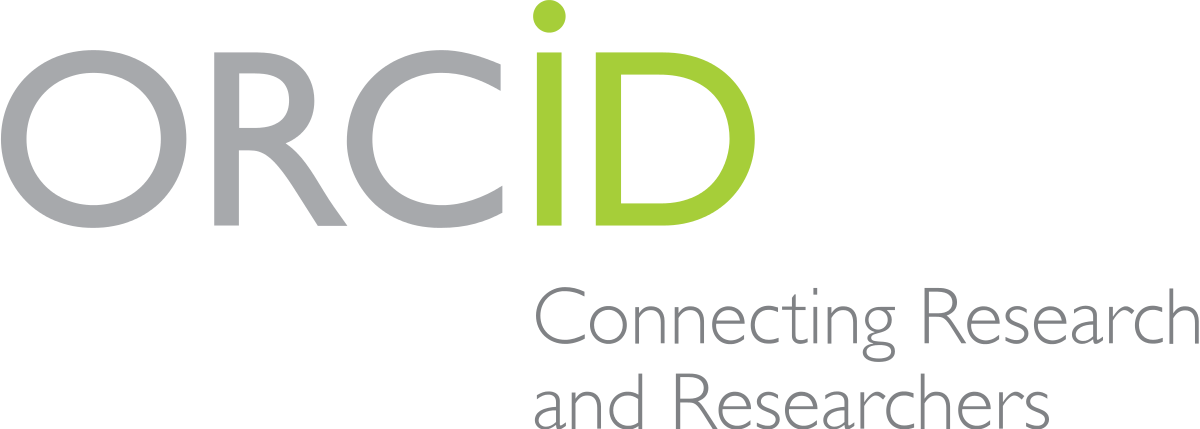



.png)
1.png)


